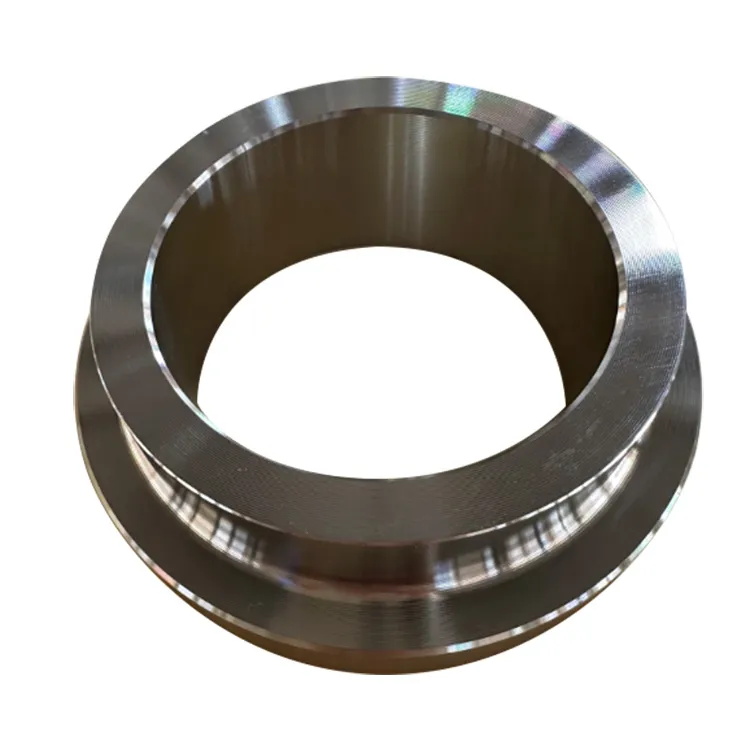 English
English-
 English
English -
 Español
Español -
 Português
Português -
 русский
русский -
 Français
Français -
 日本語
日本語 -
 Deutsch
Deutsch -
 tiếng Việt
tiếng Việt -
 Italiano
Italiano -
 Nederlands
Nederlands -
 ภาษาไทย
ภาษาไทย -
 Polski
Polski -
 한국어
한국어 -
 Svenska
Svenska -
 magyar
magyar -
 Malay
Malay -
 বাংলা ভাষার
বাংলা ভাষার -
 Dansk
Dansk -
 Suomi
Suomi -
 हिन्दी
हिन्दी -
 Pilipino
Pilipino -
 Türkçe
Türkçe -
 Gaeilge
Gaeilge -
 العربية
العربية -
 Indonesia
Indonesia -
 Norsk
Norsk -
 تمل
تمل -
 český
český -
 ελληνικά
ελληνικά -
 український
український -
 Javanese
Javanese -
 فارسی
فارسی -
 தமிழ்
தமிழ் -
 తెలుగు
తెలుగు -
 नेपाली
नेपाली -
 Burmese
Burmese -
 български
български -
 ລາວ
ລາວ -
 Latine
Latine -
 Қазақша
Қазақша -
 Euskal
Euskal -
 Azərbaycan
Azərbaycan -
 Slovenský jazyk
Slovenský jazyk -
 Македонски
Македонски -
 Lietuvos
Lietuvos -
 Eesti Keel
Eesti Keel -
 Română
Română -
 Slovenski
Slovenski -
 मराठी
मराठी -
 Srpski језик
Srpski језик
The influence of process factors of butt welding flange on weld formation
2024-12-06
When arc welding butt joints, it is usually determined whether to reserve a gap, the size of the gap and the form of the groove according to the thickness of the welding plate. When other conditions are constant, the larger the size of the groove or gap, the smaller the weld height, which is equivalent to the weld position falling, and the fusion ratio is reduced at this time. Therefore, leaving a gap or opening a groove can be used to control the size of the height and adjust the fusion ratio. Compared with the groove without a gap, the heat dissipation conditions of the two are somewhat different. Generally speaking, the crystallization conditions of the groove are more favorable.

When arc welding butt joints, it is usually determined whether to reserve a gap, the size of the gap and the form of the groove according to the thickness of the welding plate. When other conditions are constant, the larger the size of the groove or gap, the smaller the weld height, which is equivalent to the weld position falling, and the fusion ratio is reduced at this time. Therefore, leaving a gap or opening a groove can be used to control the size of the height and adjust the fusion ratio. Compared with the groove without a gap, the heat dissipation conditions of the two are somewhat different. Generally speaking, the crystallization conditions of the groove are more favorable.
When the welding wire is tilted forward, the arc force weakens the effect of the molten pool metal on the backward discharge, the liquid metal layer at the bottom of the molten pool becomes thicker, the melting depth decreases, the depth of the arc penetrating into the welding flange decreases, the arc spot movement range expands, the molten width increases, and the residual height decreases. The smaller the welding wire tilt angle α, the more obvious this effect is. When the welding wire is tilted backward, the situation is the opposite. When welding with welding rods, the electric backward tilt method is mostly used, and the tilt angle α is between 65° and 80°.




